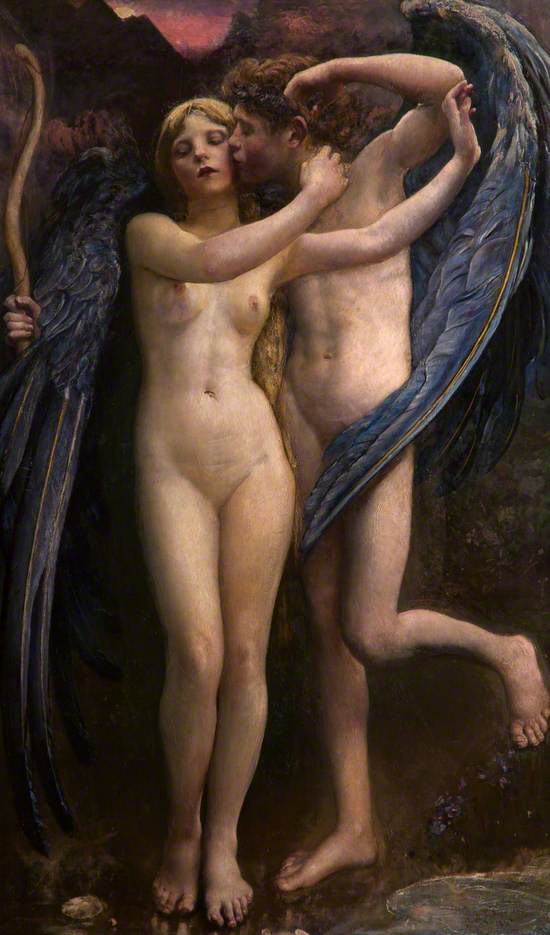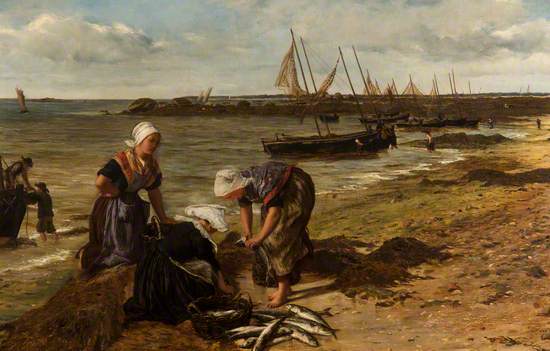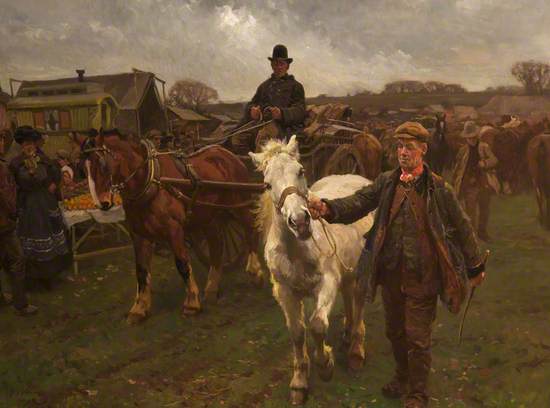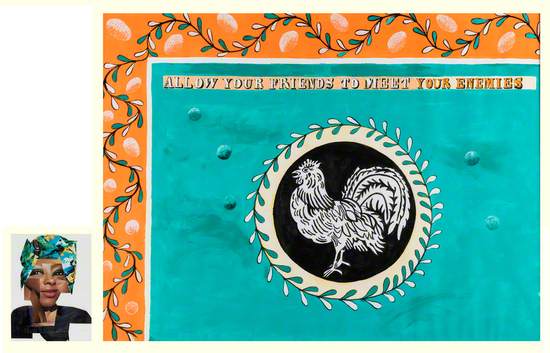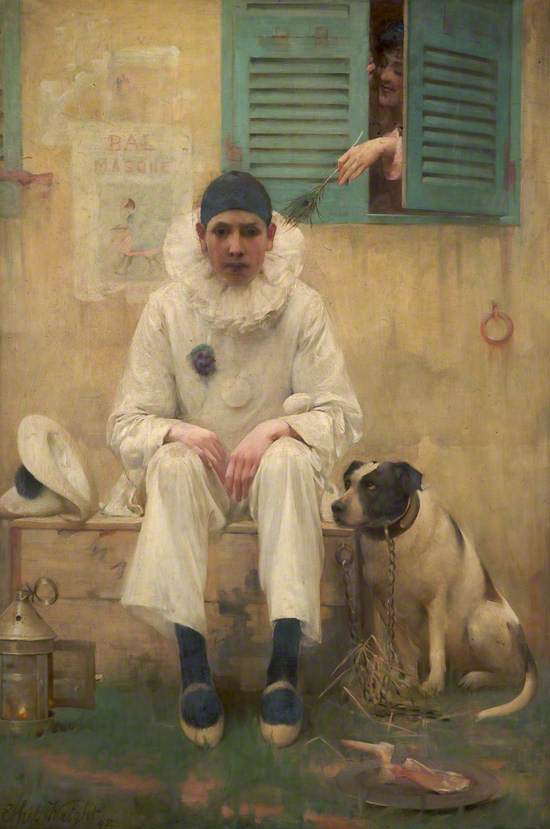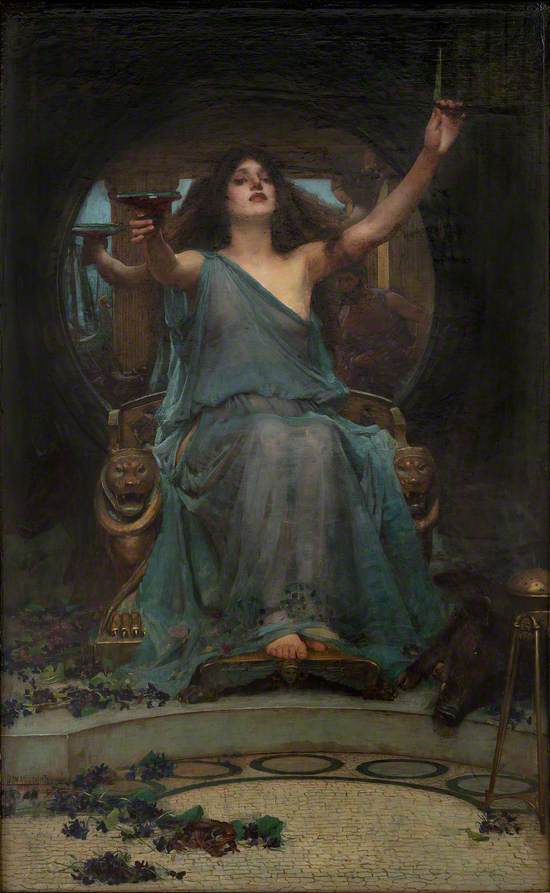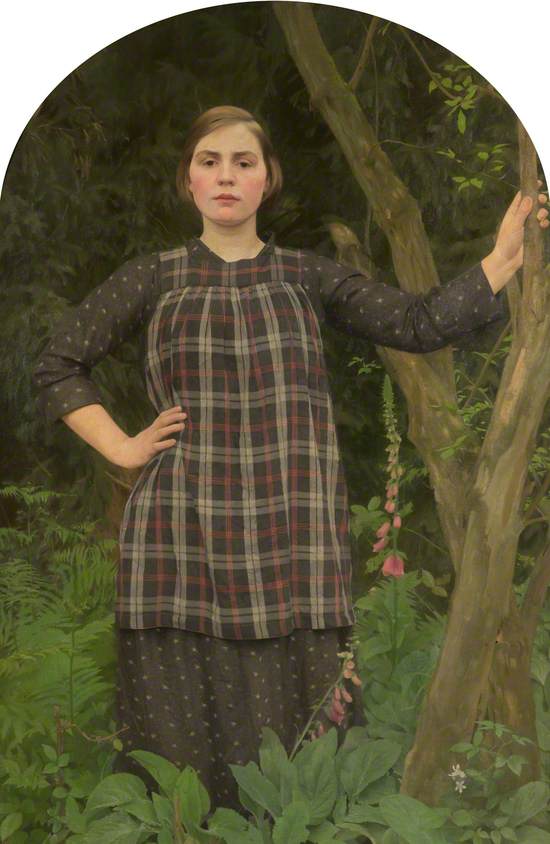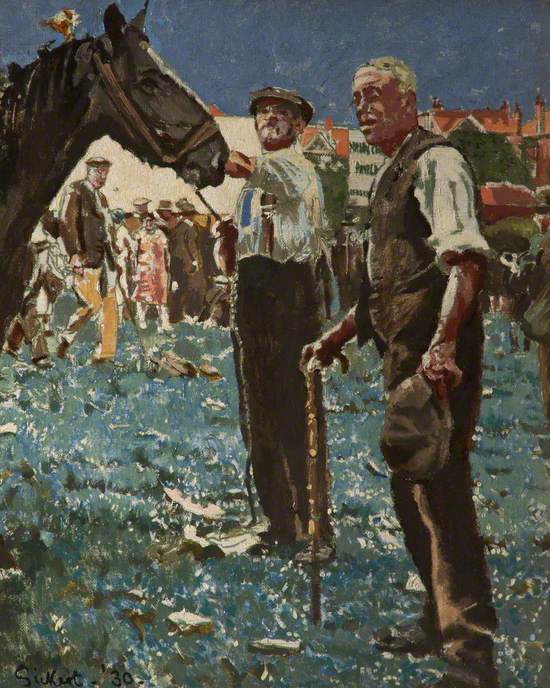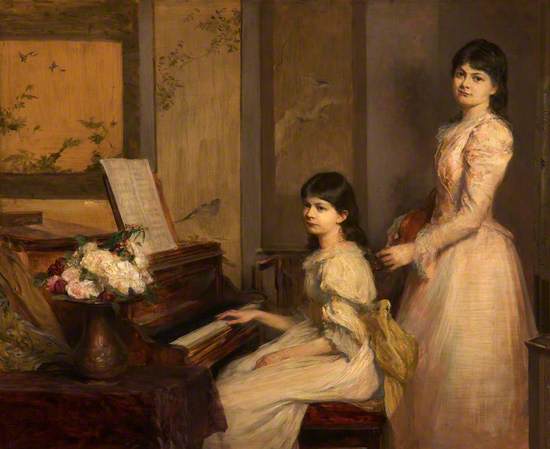Every art work tells a story. Most works tell many stories: What is shown in the painting? What isn’t shown? Why was this work made? Who paid for this work to be made? Why was it chosen to be in a museum collection? How did the circumstances of the artist’s life lead to them becoming an artist?You can absolutely enjoy a work without having any interest in its stories. However, we all bring our own stories with us when viewing art. The story you ‘read’ depends very much on your own personal story. Some of these works re-tell a famous story ( for example 'Circe offering the Cup for Ulysses'), while others leave you to imagine the story ('Bonjour Pierrot' is one of these).
Cupid and Psyche 1890
Annie Louisa Swynnerton (1844–1933)
Oil on canvas
H 147 x W 91 cm
Gallery Oldham
Allow Your Friends to Meet Your Enemies 2011
Lubaina Himid (b.1954)
Acrylic, pencil & magazine clipping on paper
H 74.5 x W 95 cm
Gallery Oldham
Circe Offering the Cup to Ulysses 1891
John William Waterhouse (1849–1917)
Oil on canvas
H 148 x W 92 cm
Gallery Oldham
Barnet Fair, Hertfordshire 1930
Walter Richard Sickert (1860–1942)
Oil on canvas
H 73.5 x W 61 cm
Gallery Oldham
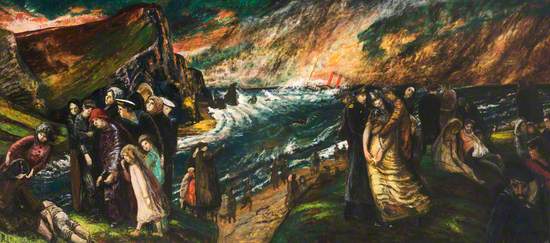
'As I wend to the shores I know not, As I list to the dirge, the voices of men and women wreck'd' 1951
Carel Victor Morlais Weight (1908–1997)
Oil on panel
H 120 x W 260 cm
Gallery Oldham
Imran Qureshi (b.1972)
Opaque watercolour on wasli paper
H 26 x W 34 cm
Gallery Oldham
Dorothy and Marjory Lees c.1891–1892
Theodore Blake Wirgman (1848–1925)
Oil on canvas
H 49 x W 59.5 cm
Gallery Oldham
Explore artists in this Curation
View all 12-
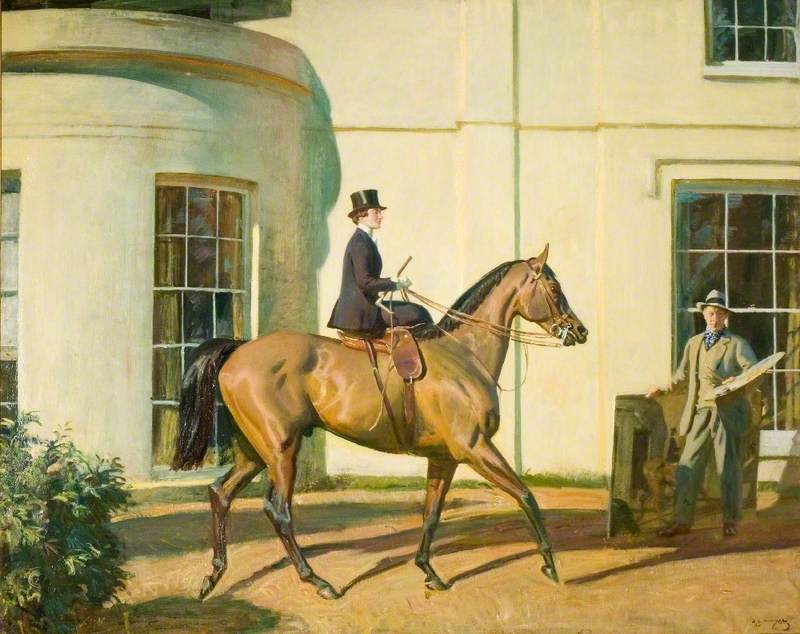 Alfred James Munnings (1878–1959)
Alfred James Munnings (1878–1959) -
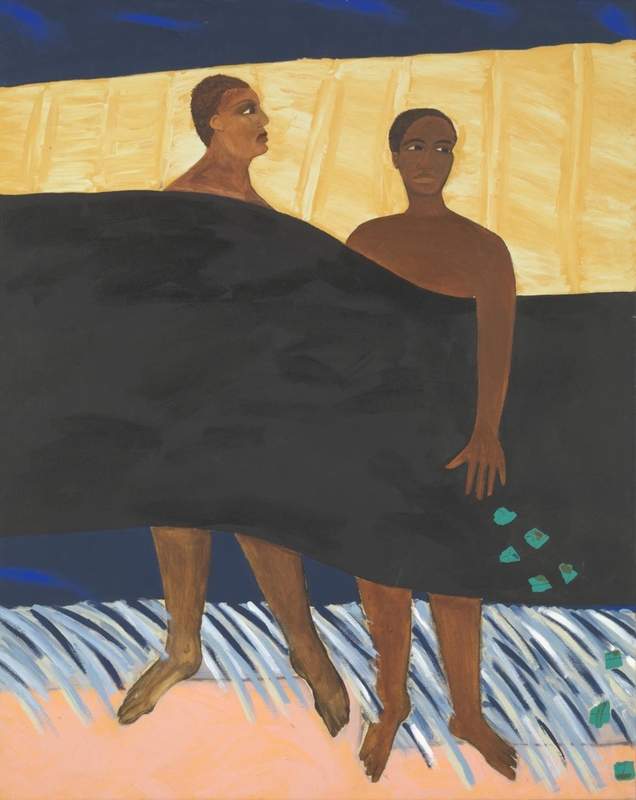 Lubaina Himid (b.1954)
Lubaina Himid (b.1954) -
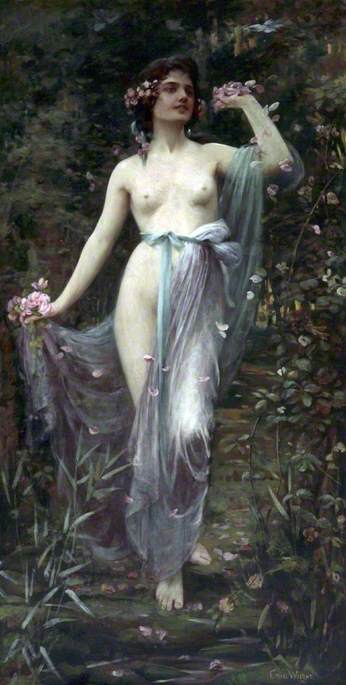 Ethel Wright (1866–1939)
Ethel Wright (1866–1939) -
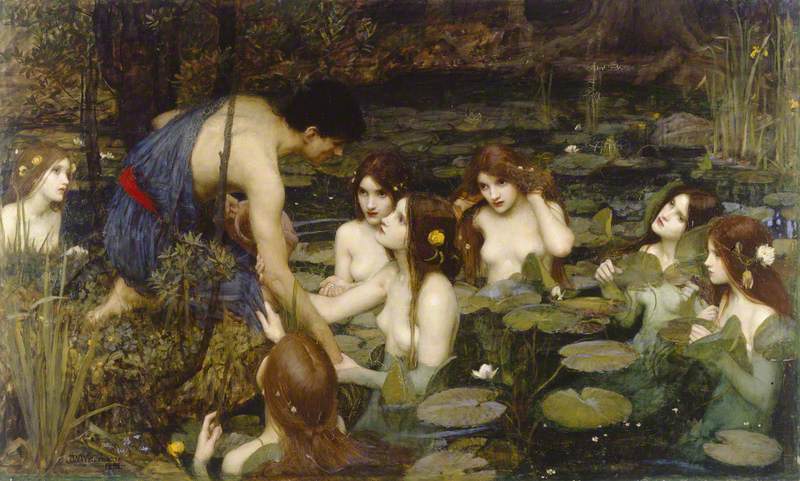 John William Waterhouse (1849–1917)
John William Waterhouse (1849–1917) -
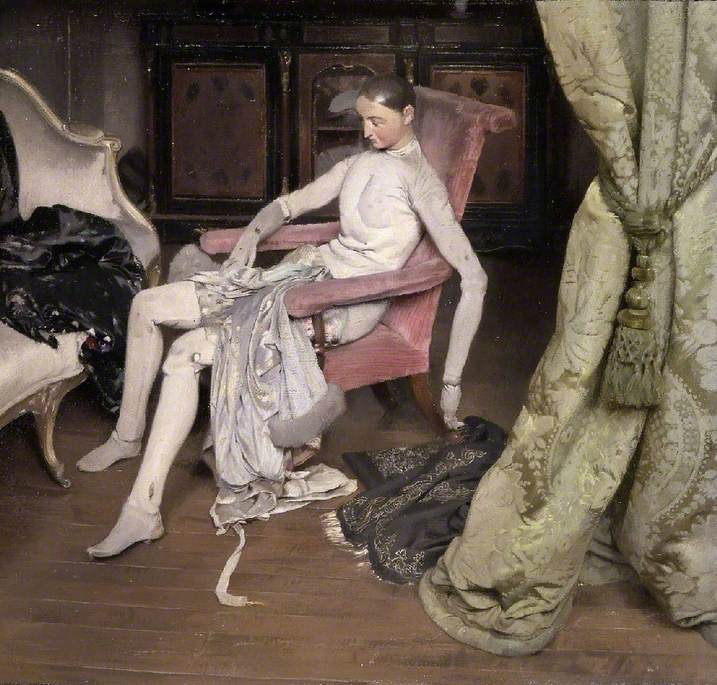 Alan Beeton (1880–1942)
Alan Beeton (1880–1942) -
 Carel Victor Morlais Weight (1908–1997)
Carel Victor Morlais Weight (1908–1997) -
 Annie Louisa Swynnerton (1844–1933)
Annie Louisa Swynnerton (1844–1933) -
 Theodore Blake Wirgman (1848–1925)
Theodore Blake Wirgman (1848–1925) -
 Imran Qureshi (b.1972)
Imran Qureshi (b.1972) -
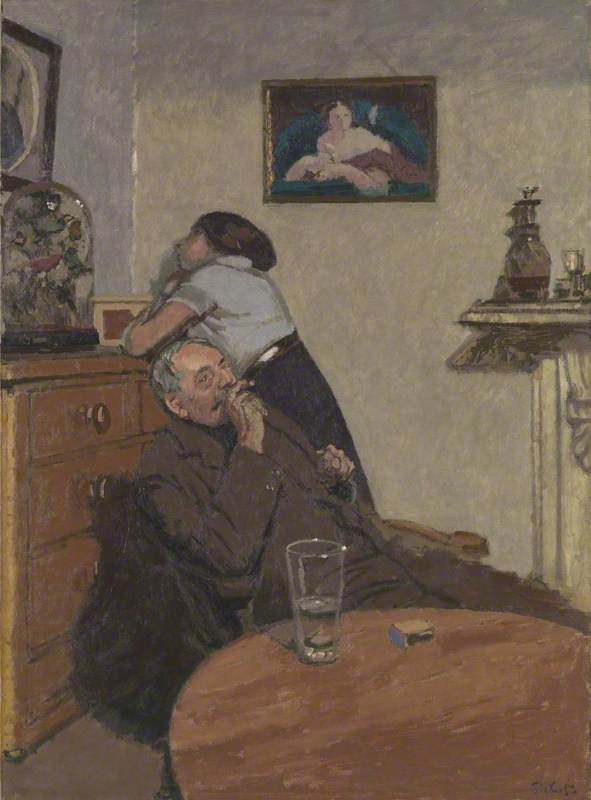 Walter Richard Sickert (1860–1942)
Walter Richard Sickert (1860–1942) - View all 12

